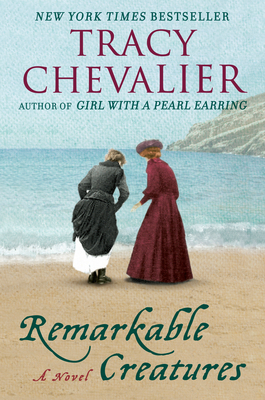More on this book
Community
Kindle Notes & Highlights
I feel an echo of the lightning each time I find a fossil, a little jolt that says, “Yes, Mary Anning, you are different from all the rocks on the beach.” That is why I am a hunter: to feel that bolt of lightning, and that difference, every day.
God did not plan out what He would do with all of the animals He created. If He was willing to sit back and let creatures die out, what did that mean for us? Were we going to die out too?
For a moment my mind went clear. I studied Mr. Buckland’s kindly face, even rounder and pudgier than when I first knew him, his eyes bright and his brow bulging with ideas, and I almost said, “Yes, I think so too. I been wondering about a new monster for years.” I didn’t say it. Before I could, my mind sank down again like a leaf settling to the bottom of a pond.
It is rare for anything reported in the Western Flying Post to surprise me. Most are predictable stories: a description of a livestock auction in Bridport, or an account of a public meeting on the widening of a Weymouth road, or warnings of pickpockets at the Frome Fair.
I forget sometimes that people see fossils as the bones of the dead. Indeed, they are, though I tend to view them more as works of art reminding us of what the world was once like.
balmy breeze that summer has come at last and you can begin to let go of the tightness in your chest that’s kept you fighting against the cold all winter and spring.
In 1834 the Swiss scientist Louis Agassiz came to Lyme and studied Elizabeth Philpot’s fossil fish collection. He thanked both Elizabeth and Mary Anning in his book Recherches sur les poissons fossiles (“Research on Fossil Fish”) and named fish species after both of them.


